Learning The Daf Hayomi (Mesichta Zevachim) in Yerushalayim—or the Contemplation of Making a Big Sacrifice!
Rabbi Hillel L. Yarmove ©
Whenever I find myself in Yerushalayim, I am awestruck by the superb dedication not only of those who teach the daily daf, but also of those who go to nearly-unheard-of-lengths to absorb the heilige details of the tractate under consideration by their instructors—which at this season is, of course, Mesichta Zevachim. And as we now prepare to enter the Drai Vochen culminating in Tisha B’Av, we can eagerly turn toward the Sacred City in our quest for understanding what it must have been like to reside at the epicenter of eternal energy, the habitual habitat of sheer holiness. Ah yes, there really is no supercharged Torah-learning like that found in Eretz Yisrael!
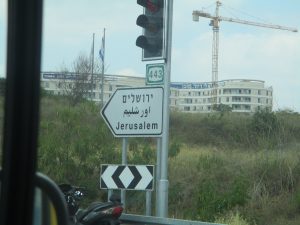
No wonder, then, that this week’s column relies heavily on the photos that I took of what I like to call Daf Hayomi phenomena, which I witnessed in the quaint old Zichron Moshe neighborhood just a couple of weeks ago or so. Indeed, the Zichron Moshe shtibbelach used to sport a banner declaring that they were “The Daf Hayomi Center of the World.”
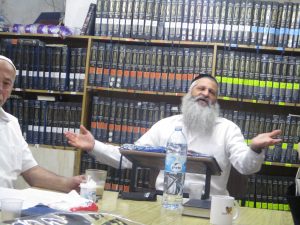
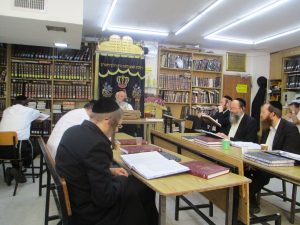
It is there that one can find Harav Rachamim Kohen Shauli excitedly infusing his audience with the excitement of discovering the intricacies of the Divine service in the Beis Hamikdash. There is something surrealistic yet surprisingly down to earth about learning (approximately) between the hours of 3:30 to 4:50 every morning—and that includes Shabbos as well.
Harav Pinchas Gutfarb’s life revolves around the dynamic teaching of the Daf, which he does so well from 6 A.M. throughout the day and onward into the evening. Of course, he first walks to the Kosel Ma’aravi from his home on Rechov Dovid Yalin in the Geulah neighborhood (around 2:30 AM)—and then returns to deliver his early-morning shiur. To observe Rav Pinchas’s sanguine, bubbling personality is in itself a lesson as to how the Torah can suffuse a mere mortal with such Divinely inspired chiyyas—vitality—that all extraneous tribulations fall by the wayside.
Lest you think that Zichron Moshe is the sole focus of this article, I am constrained to mention that the 11 P.M. Daf Hayomi shiur adjacent to the Kosel Ma’aravi delivered by Harav Dovid Zickerman (who interestingly enough studied under the aegis of Rav Pinchas) serves as a magnet for a wide variety of Yidden who thought that they were simply going to visit the Western Wall, say a prayer, and then leave. I tell you: The man is on fire. From Rav Dovid I have learned about the uniqueness of learning about the Beis Hamikdash in the proximity of the actual area where it was originally located. And what about his audience? Why, the “regulars” who come every night (one is actually visiting Lakewood as I compose this article—Rabbi Shaya Peirush) form a deeply loyal and attentive fraternity—an elite cadre, if you will, of Hashem’s lomdei Torah. Wow!
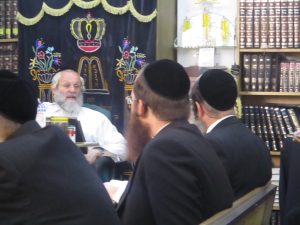
Finally, if I speak of Daf Hayomi, I must lovingly recall the Father of the Daf Hayomi in the early 1920’s—Harav HaGaon R’ (Yehudah) Meir Shapiro. I was finally able to discover his ohel at the cemetery on Har Hamenuchos, where he is interred along with another member of his family (but not his wife, whose burial place is still in Poland). Dear readers, there is just no way to describe to you the emotions that welled up within me as I reverently said the “Keil Malei Rachamim” prayer by his matzeivah. After all, the intriguingly innovative course of study that he instituted has profoundly affected my Torah weltanschauung (world outlook), going all the way back to 1984 when I hesitatingly began to involve myself in the Daf Hayomi. The rest, as they say, is history!

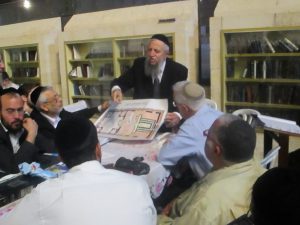
In summary, the advertisements for joining a Daf Hayomi chaburah of your choice —and yes, I mean “advertisements”!—which festoon the walls of the Zichron Moshe shtibbelach reveal through their clever use of pictures and words how very far an involved Jew is from the world of mundane materialism. For Daf Hayomi was initially intended to be both a serious obligation and a game-changer. That frenetic fraternity who learn with Harav Rachamim in the wee hours of the morning, or who learn with Harav Pinchas any time from roughly 5:30 -8:30 P.M., or are motivated to travel to the Kosel for Harav Dovid’s 11:00 PM-12:55 A.M. fiery shiur are decidedly not the same when they leave their teachers as when they came. They are new men—in every sense of the term.
And all of this because of Harav Meir Shapiro’s pristine program of learning the Daf Hayomi!
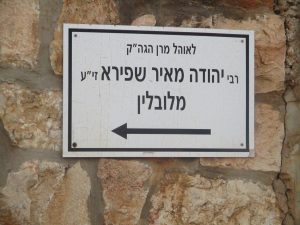
So as we approach the Three Weeks, there is certainly an impetus for us to redouble our learning kochos, especially in regard to learning Seder Kodshim (we Daf Hayominiks are slated to “finish” Mesichta Zevachim on the last day of Menachem Av, the first day of Rosh Chodesh Elul). In the merit of doing so, may we all be granted the privilege of seeing our sacred Beis Hamikdash being built speedily in our days!
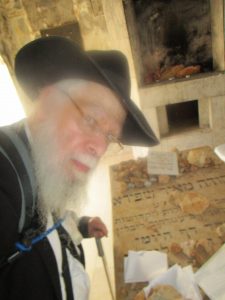
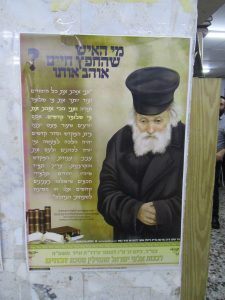
Questions or comments? I may be reached at hillyarm@yeshivanet.com. Have a meaningful summer, dear readers!
You must be logged in to post a comment.